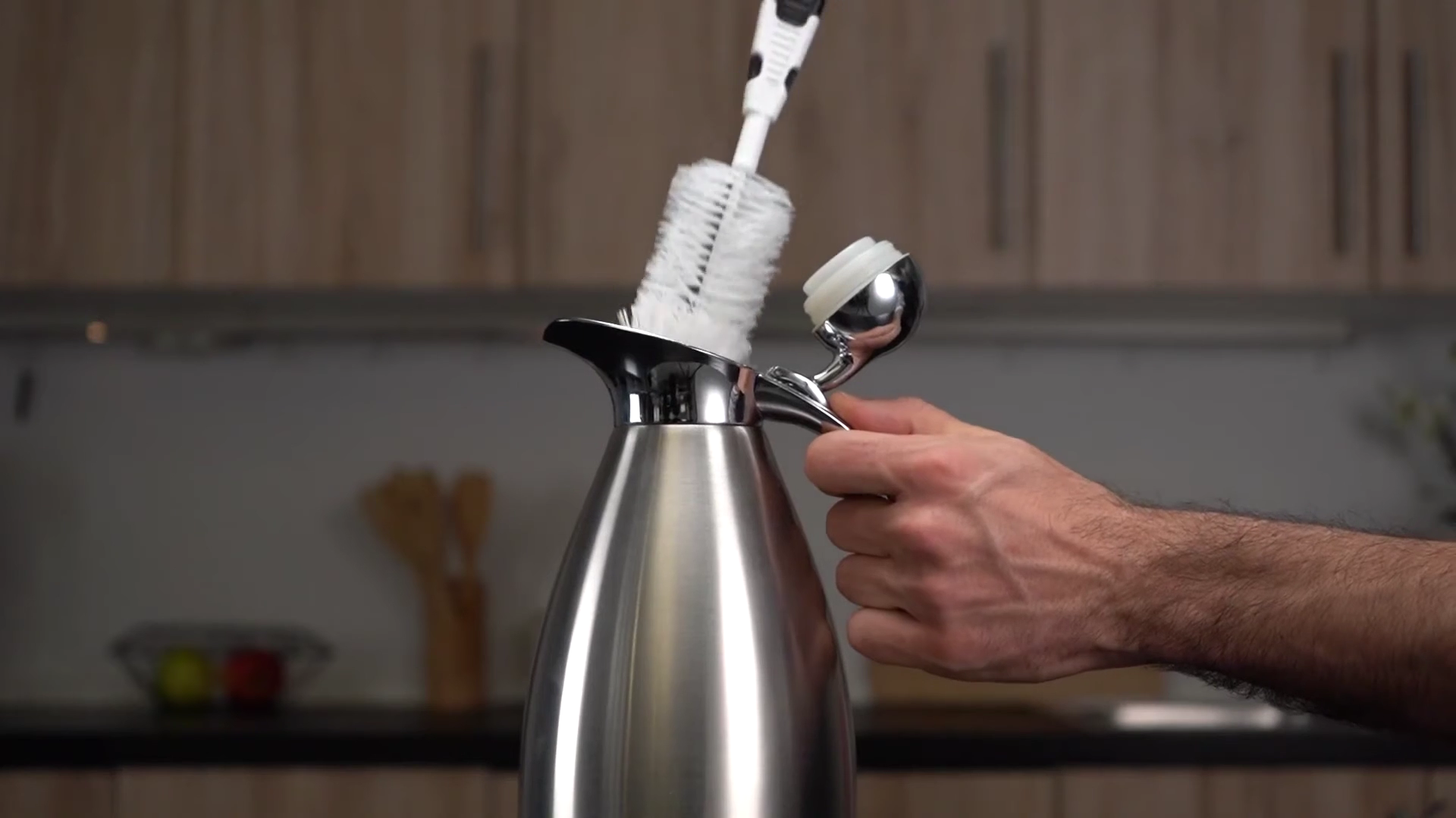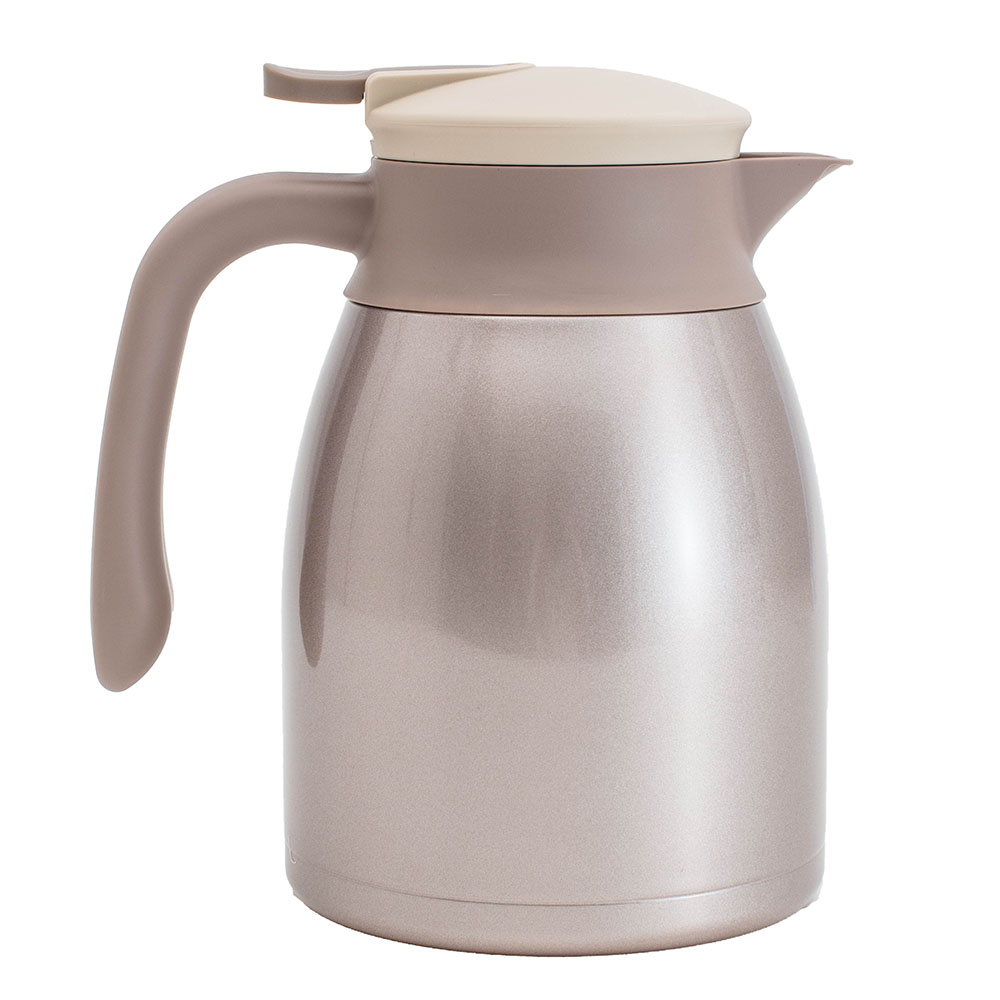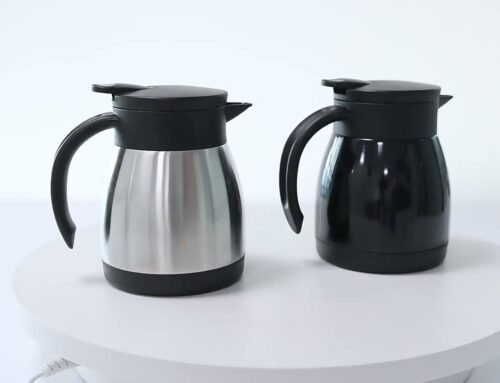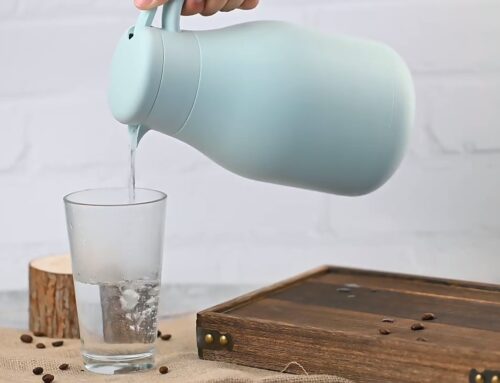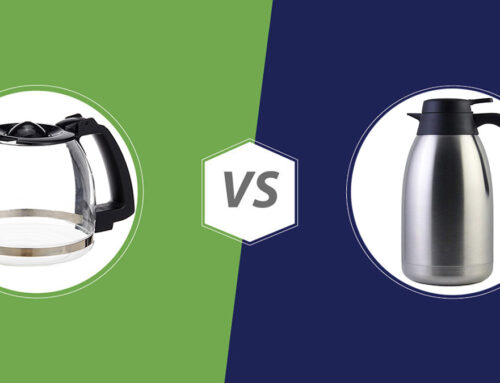An insulated coffee carafe is a must-have for anyone who wants to keep their coffee hot and fresh for hours. But like any well-used item, how you take care of it matters—a lot. Proper maintenance not only helps preserve the flavor of your coffee but also extends the life of the carafe itself.
In this post, we’ll dive into practical, straightforward tips on how to keep your insulated coffee carafe in top condition. If you’re a business that relies on keeping coffee hot and customers happy, these tips will serve you well.
Daily Cleaning: The Foundation of Carafe Care
Why It Matters
Coffee oils and mineral deposits build up over time, leading to stale flavors, clogged spouts, or even mold growth. Regular cleaning isn’t just about aesthetics—it’s about protecting the carafe’s insulation integrity and ensuring every pour tastes as good as the first.
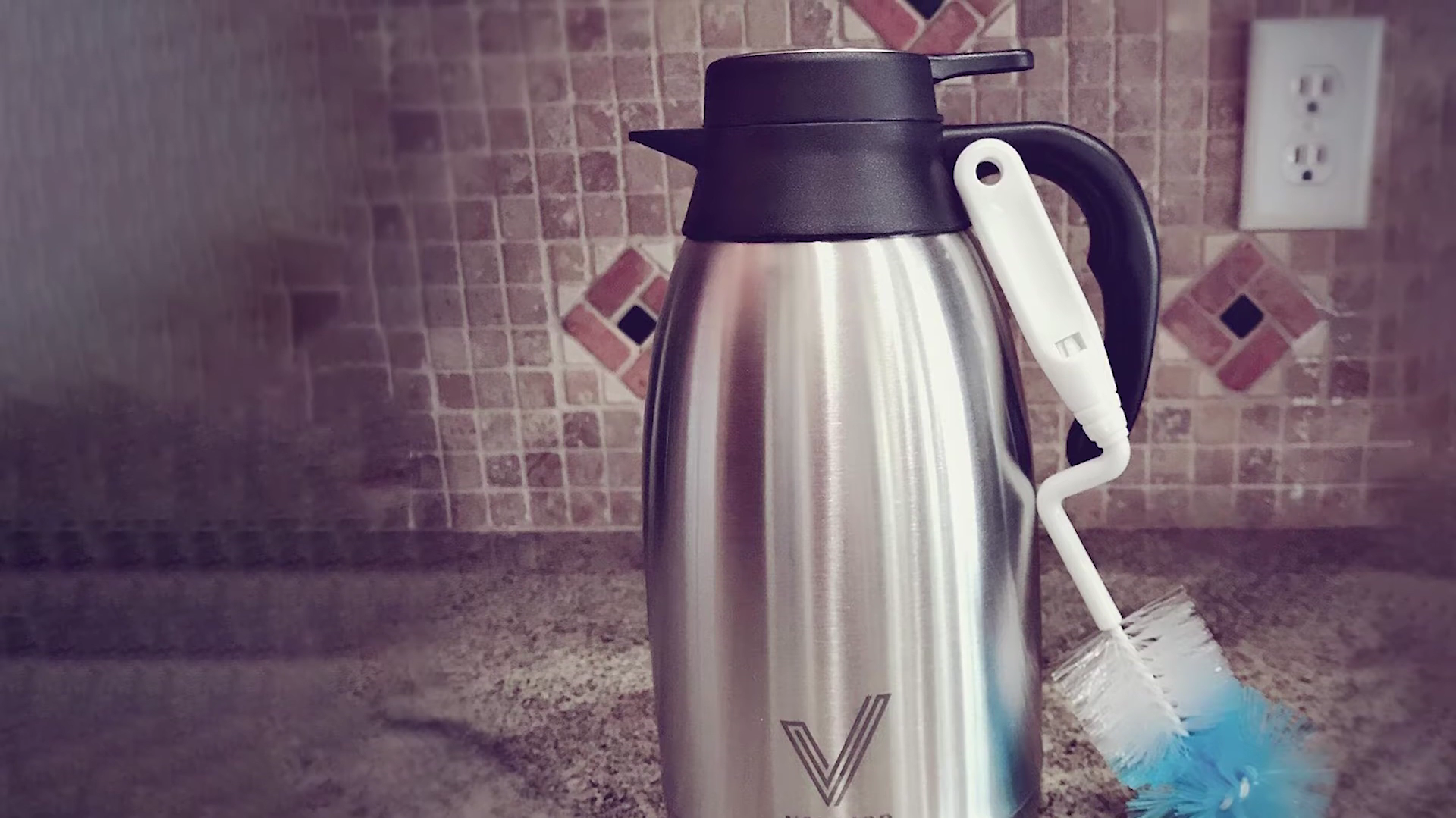
Steps to Follow
- Rinse Immediately After Use: Hot water flushes out residual coffee oils before they harden. Skip this, and you’ll face stubborn stains later.
- Use Mild Soap & Soft Tools: Harsh scrubs or steel wool scratch stainless steel finishes, compromising insulation. Opt for bottle brushes with silicone bristles and fragrance-free dish soap.
- Disassemble Removable Parts: Detach lids, silicone seals, and spouts (if applicable). Soak them in warm, soapy water for 10 minutes to loosen grime—especially critical for drip-free pour mechanisms.
- Avoid Dishwashers for Seals: While stainless steel bodies are dishwasher-safe, repeated heat cycles warp silicone gaskets over time. Handwash seals to maintain their leakproof grip.
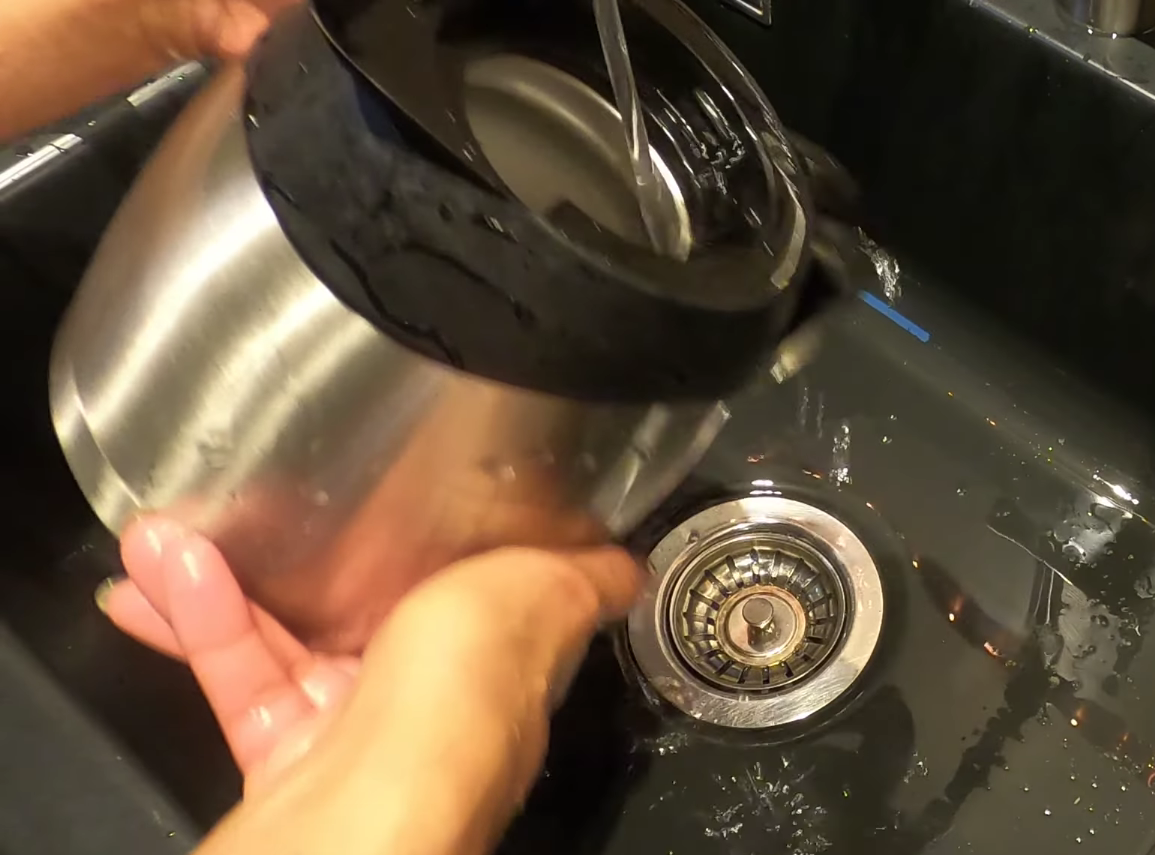
Weekly Deep Cleaning: Going Beyond the Surface
The Enemy: Mineral Buildup & Lingering Smells
Hard water leaves chalky deposits, while coffee oils turn rancid. Both sabotage flavor and clog the carafe’s inner workings.
Solutions
- White Vinegar Soak: Fill the carafe with equal parts white vinegar and warm water. Let it sit for about 20–30 minutes, then scrub and rinse thoroughly. This will help dissolve any mineral build-up or coffee residue.
Pro tip: For stubborn stains, let the mixture soak overnight before scrubbing.
- Baking Soda for Deodorizing: If your carafe starts to smell funky, add 1–2 tablespoons of baking soda to warm water, shake or stir, and let it sit for a few hours. Rinse clean and leave to dry.
- Denture Tablets Hack: Drop one effervescent tablet into warm water, let it fizz for an hour, then rinse. Works wonders on discoloration from tea or dark roasts.
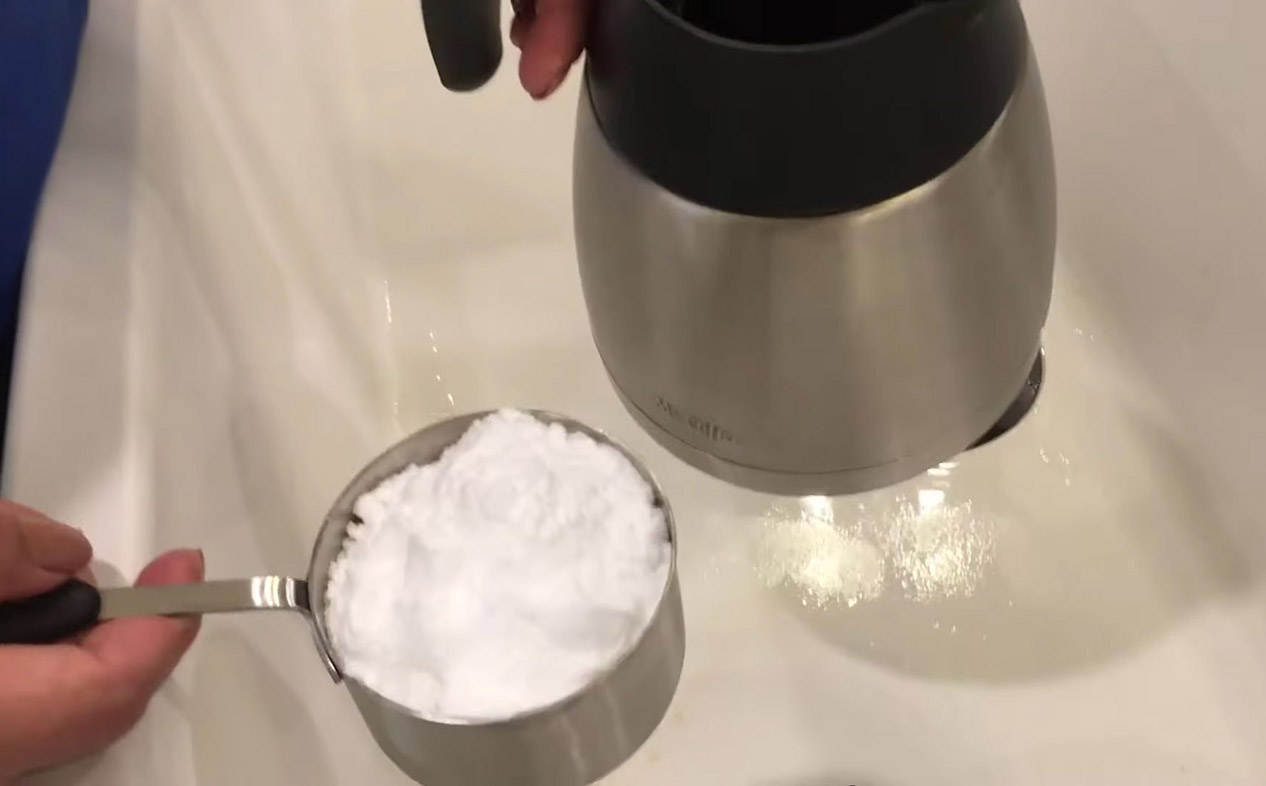

- Clean the Lid Mechanism: Don’t overlook the lid. Many carafe lids include valves or buttons that trap liquid inside. Take apart what you can and soak them in warm, soapy water. Use a small brush or toothbrush to get into crevices.
- Never Use: Bleach, chlorine-based cleaners, or oven sprays—they degrade seals and leave toxic residues
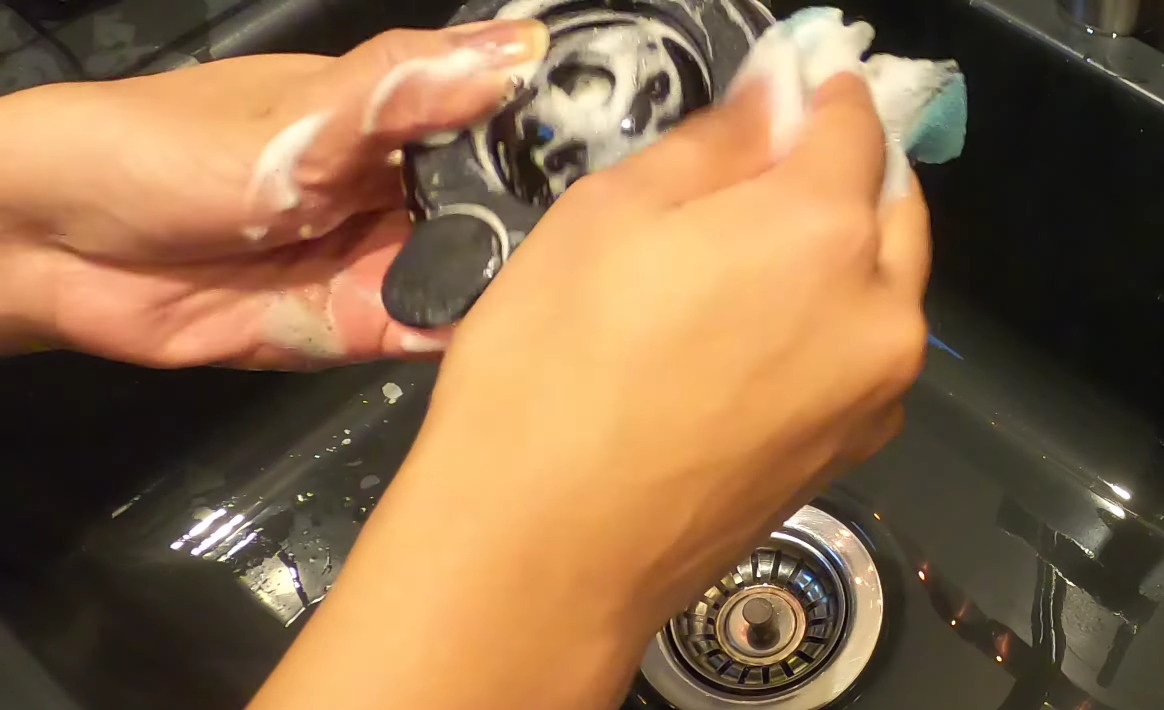
Material Care: Protecting Stainless Steel & Seals
Once your carafe is clean, storing it correctly can make a big difference in its longevity.
Stainless Steel Savvy
- Prevent Scratches: Store carafes separately from metal utensils. Micro-scratches trap oils and weaken insulation over time.
- Dry Thoroughly: Moisture breeds rust, even on “rust-proof” steel. After washing, air-dry upside down or use a lint-free cloth.
- Buff Out Minor Scuffs: A dab of olive oil on a soft cloth restores shine to brushed finishes.
Silicone Seal Maintenance
- Check for Wear: Cracks or stiffness in seals cause leaks. Replace them every 12–18 months, depending on usage.
- Lubricate Gently: Food-grade mineral oil (applied sparingly) keeps seals flexible and leakproof.
Usage Habits That Prolong Lifespan
Temperature Control
- Avoid Extreme Shifts: Don’t pour boiling water into a chilled carafe (or vice versa). Sudden temperature changes stress seams and insulation layers.
- Preheat/Prechill: For max efficiency, rinse the carafe with hot water before adding coffee or cold water before iced drinks. This stabilizes the internal temp.
Pouring Best Practices
- Angle Matters: Tilt the carafe gradually to prevent liquid from rushing into the spout—this reduces wear on the pour mechanism.
- No Overfilling: Leave 1–2 inches of space to avoid backflow into the insulation layer, which can breed bacteria.
Storage & Travel Tips
At Home or in Commercial Settings
- Store Disassembled: Keep lids off to prevent moisture buildup. For long-term storage, toss in a silica gel packet to absorb humidity.
- Avoid Direct Sunlight: UV rays degrade finishes and weaken seals over time.
On the Go
- Use Protective Sleeves: Neoprene sleeves cushion against dents during transport—critical for wholesale distributors shipping bulk orders.
- Secure the Lid: Always twist locks fully to prevent spills that could damage electronics or upholstery.
What Not To Do (Common Mistakes)
Even with the best intentions, mistakes happen. Here’s what to avoid:
1. Don’t Use a Dishwasher Unless Labeled Dishwasher-Safe
While some carafes are dishwasher-safe, many aren’t. Heat and pressure can warp the vacuum insulation or damage seals. Always check the manufacturer’s instructions.
2. Avoid Bleach or Harsh Chemicals
These can corrode stainless steel over time and affect the taste of your coffee. Stick with natural cleaners like vinegar and baking soda.
3. Don’t Leave Coffee Sitting Overnight
Even if your carafe can technically keep coffee warm for 12–24 hours, letting it sit that long without cleaning invites bitterness and bacteria.
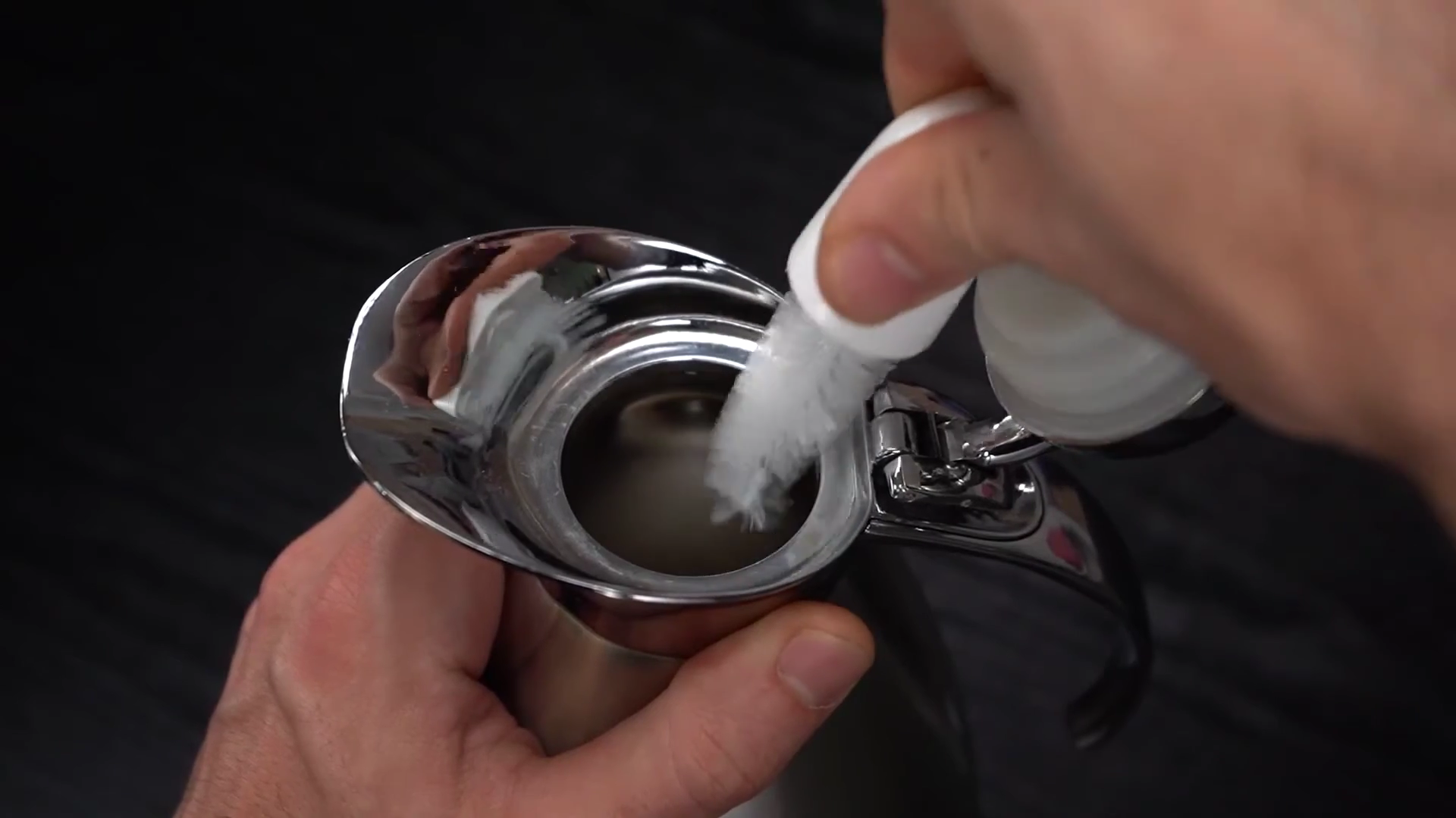
Troubleshooting: Signs Your Carafe Needs Help
Problem: Strange tastes or odors
Fix: Soak with a lemon juice–baking soda paste for 1 hour. Rinse, then air-dry in sunlight (natural deodorizer).
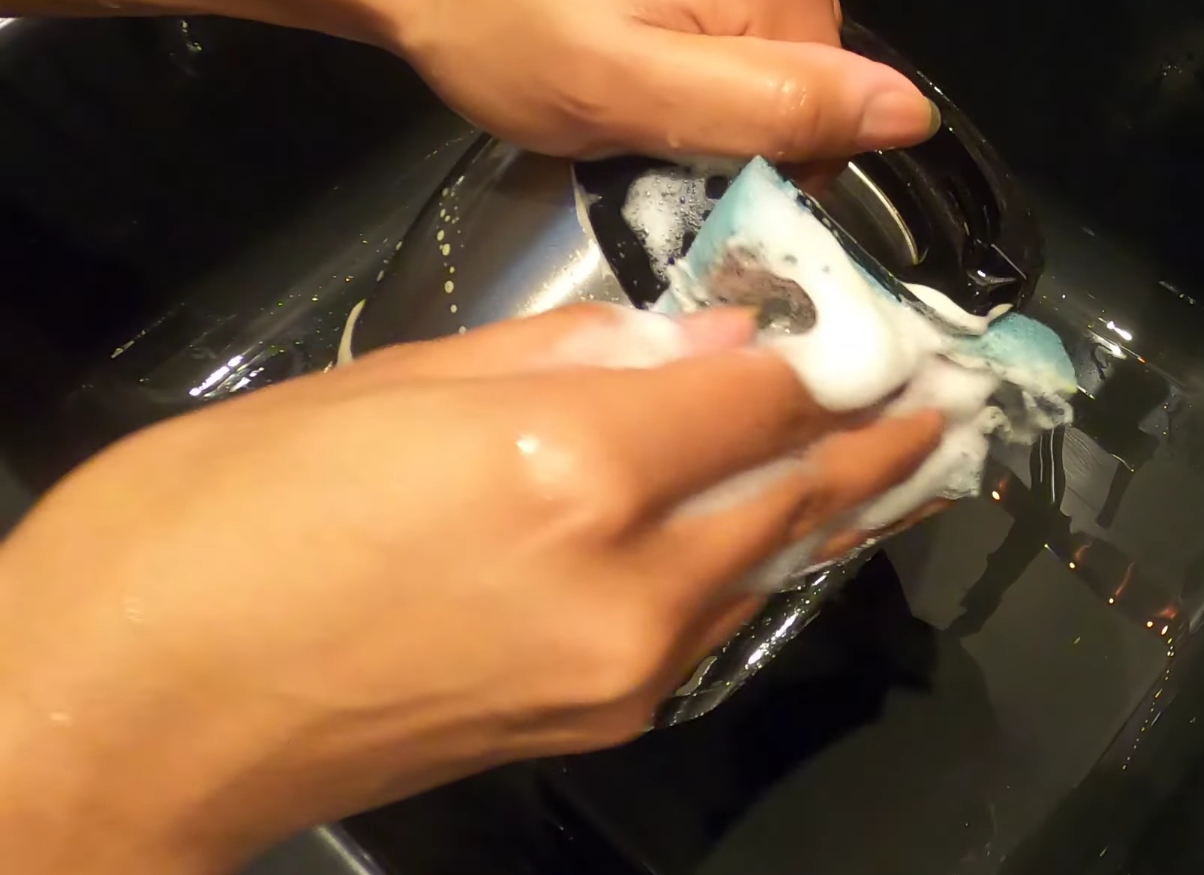
Problem: Leaky Spout
Fix:
- Check seal alignment.
- Tighten threaded components (but don’t over-torque).
- If leaks persist, replace the silicone gasket.
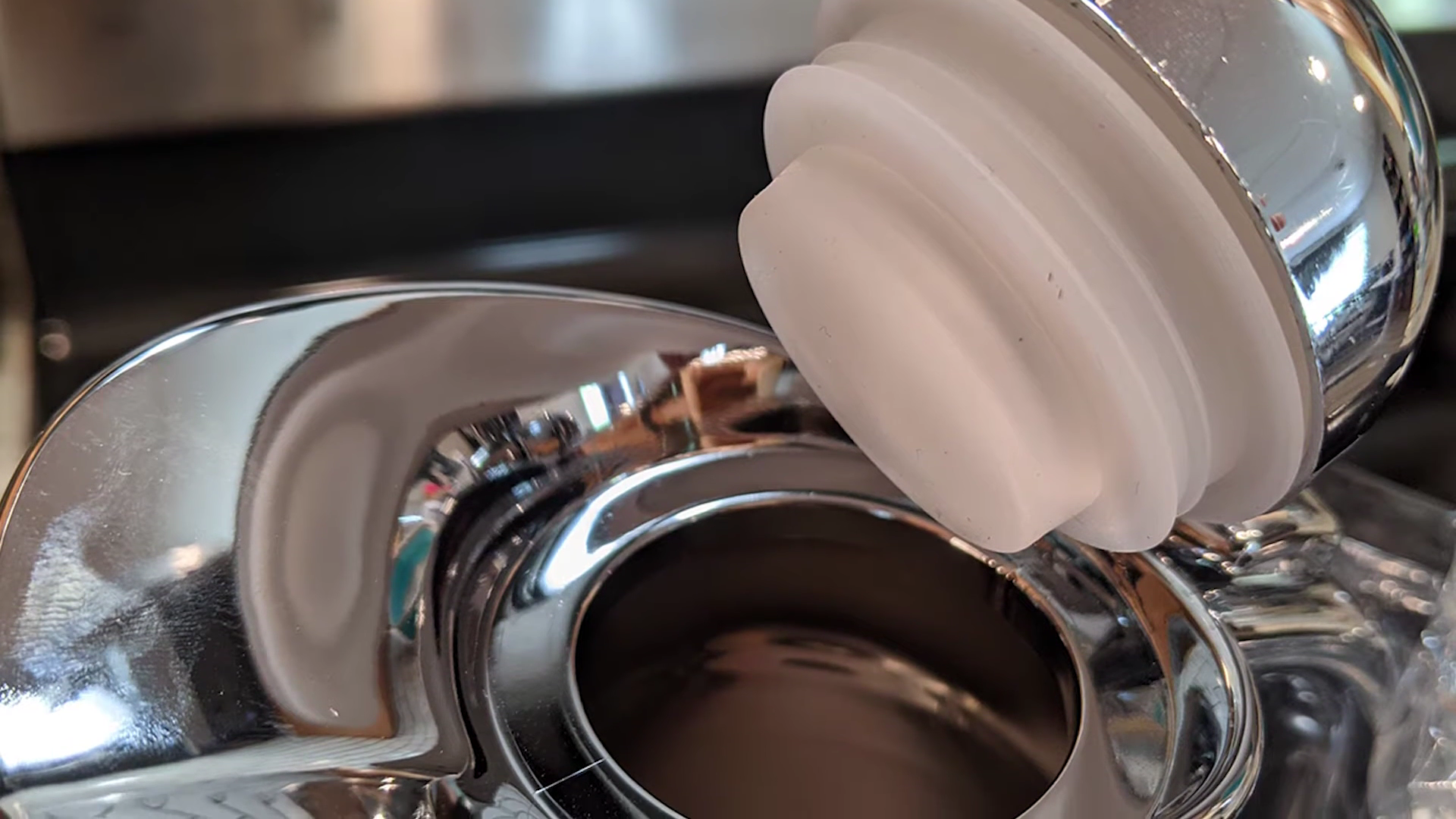
Problem: Coffee doesn’t stay hot as long
Fix:
- Test by filling with boiling water and monitoring temperature drop.
- If heat retention drops below 8 hours, the vacuum seal may be compromised—time for a replacement
When to Retire Your Carafe
Even the best carafes have lifespans. Watch for:
- Persistent Odors/Mold: Indicates microscopic cracks in insulation layers.
- Dents Along Seams: Compromises vacuum
- Cloudy Interior: Pitting or corrosion in stainless steel.
Sustainability Matters Too
By taking care of your carafe, you’re also doing the planet a favor. The longer your carafe lasts, the less waste ends up in landfills. High-quality stainless steel carafes, when maintained properly, can last many years without needing replacement—much longer than plastic alternatives or disposable thermal containers.
Final Thoughts
At the end of the day, maintaining an insulated coffee carafe isn’t rocket science, but neglecting it can cost your business real money. But those little things add up. By maintaining your insulated coffee carafe the right way, you extend its lifespan, protect your customers’ experience, and save your business money in the long run.
As a leading wholesale drinkware manufacturer, KingStar knows how important durability and performance are when it comes to thermal drinkware. That’s why we offer high-quality, customizable insulated coffee carafes built to handle everyday use—and stay looking great while doing it. Whether you need bulk orders, personalized branding, or help designing a new product, our team is ready to assist.
Contact us at sales@waterbottle.tech or via our chat—we’ll respond within 24 hours.

